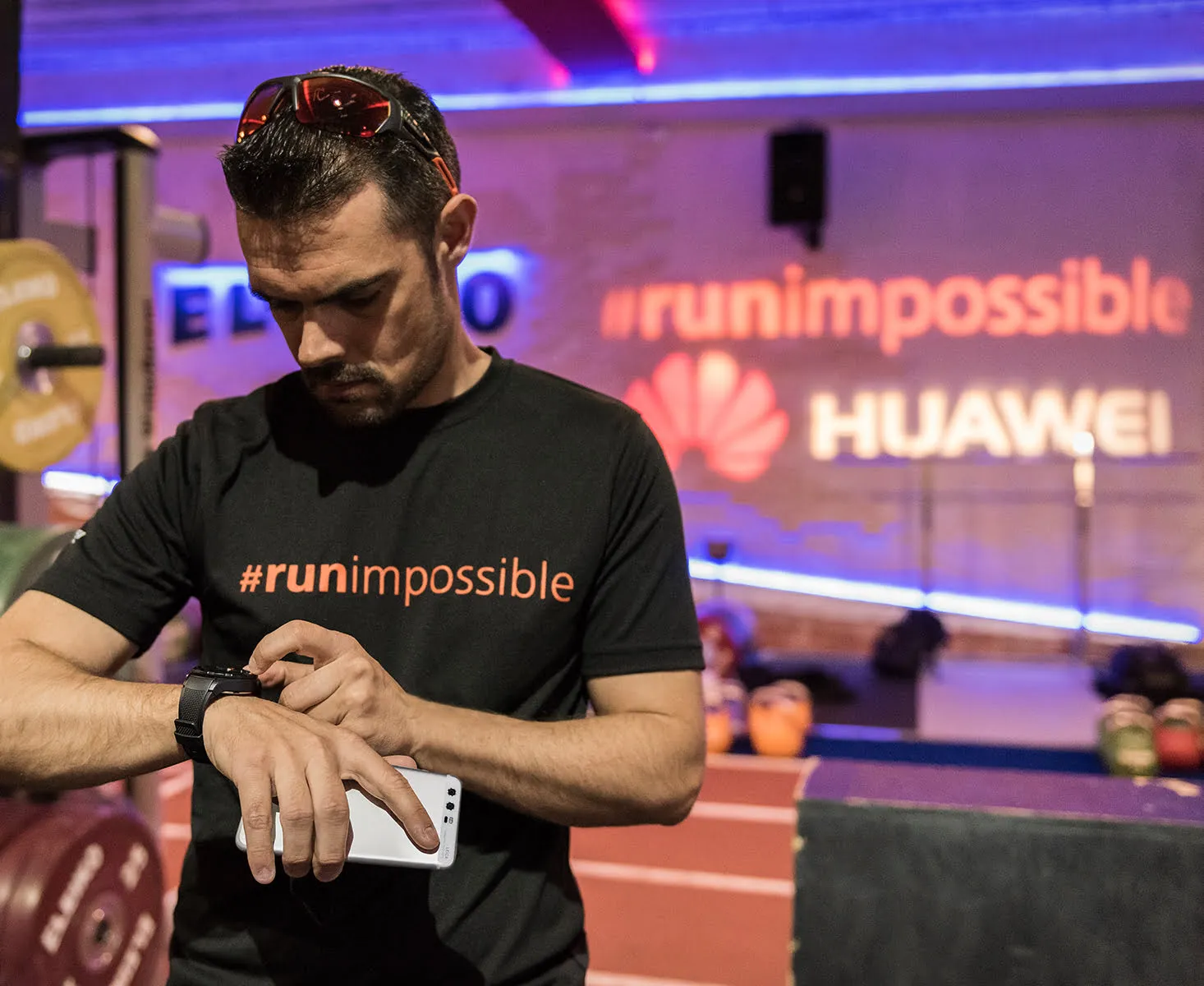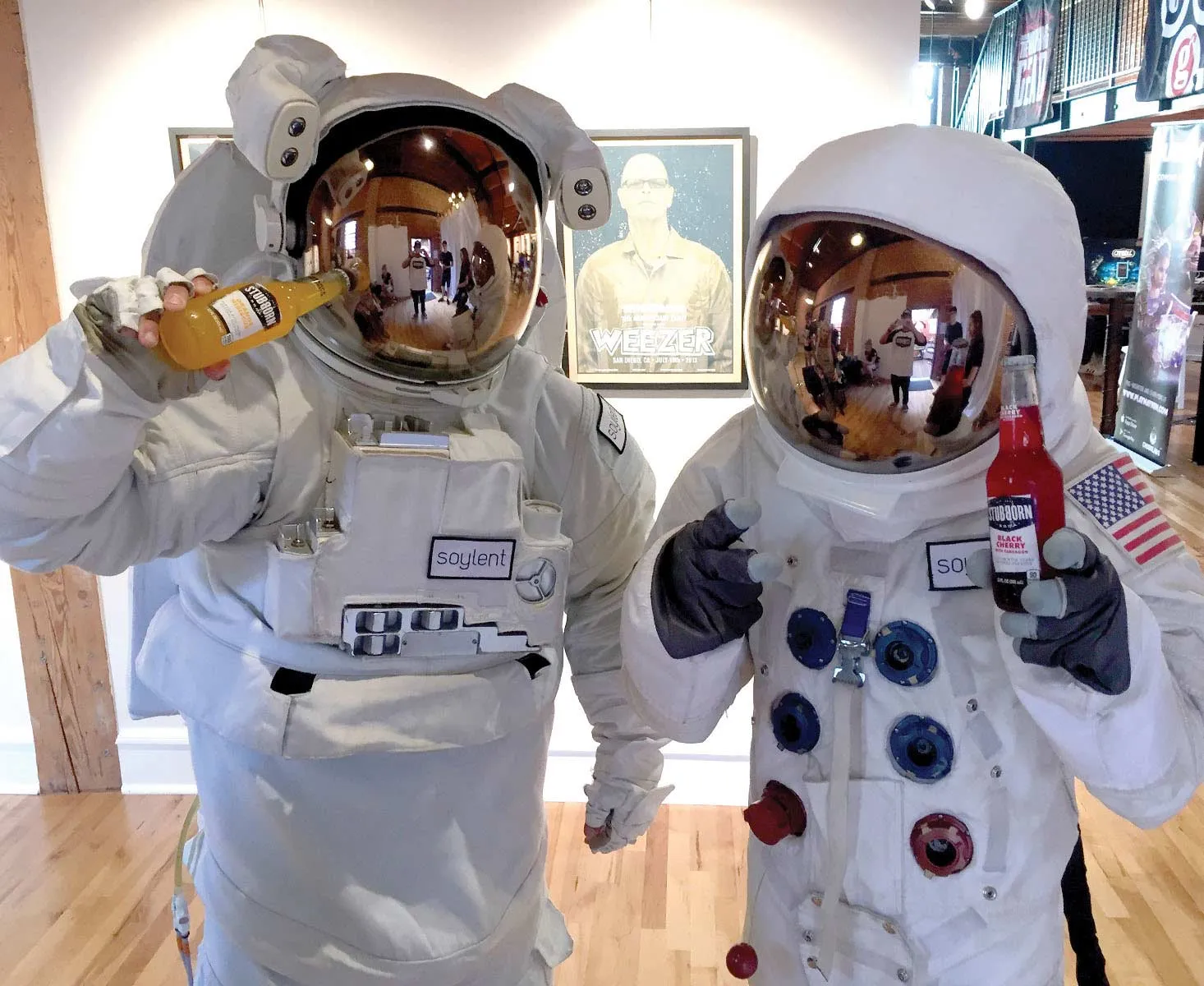It was the best of times, it was the worst of times. Four score and seven years ago. Whether it’s a speech, a film, a myth or a memoir, the power of storytelling is undeniable. Since the beginning of time, humans have been inspired to action, emotion, and invention through stories.
Through strategic brand storytelling, companies have an opportunity to rise above the competitive chaos and connect with audiences in a way that is meaningful and memorable. Sometimes a story will be so compelling that it becomes the central figure in the consumer relationship, the product or service second. “The efficacy and impact of using brand storytelling has been proven time and time again,” says Will Hong, Director of Strategy at A Little Bird. “Companies like Disney, Chobani, and CVS serve as standard-bearers when it comes to brands using a centralized narrative to not only gain a competitive advantage, but establish relationships with consumers that, in some cases, allow the brand to integrate its story into the consumer’s own.”
But what is it about the human psyche that makes storytelling such a powerful tool? What do we innately need that gives such power to these epic tales, from recent cultural phenomena like The Avengers to brand powerhouses like Disney? In a marketplace with increasingly low barriers to entry and competitor saturation, brands that do not adopt a compelling story may not be able to stay competitive.
Why stories are more than entertainment
“Narrative imagining – story – is the fundamental instrument of thought. Rational capacities depend upon it. It is our chief means of looking into the future, or predicting, of planning, and of explaining.” – Mark Turner, cognitive scientist, linguist and author
Any anthropologist will tell you that storytelling is central to human existence. Even before there was written language, stories helped to establish connections to ourselves and others, to history, and to the world we live in. Since culture can be defined as “the stories we tell ourselves, about ourselves,” it’s no surprise that we’ve used them for upwards of 40,000 years to craft the collective narrative and shape our social identity.
Storytelling is not just cultural – it is primal. The human brain is wired to process information much like a story is told. Your brain needs a narrative to make sense of the immense amount of information it encounters (including the thousands of marketing messages the average consumer sees each day). Not only does storytelling organize information into a “digestible” format, it also acts as a mnemonic device of sorts, which is why we see memory retention rates skyrocket when a message is a part of a story (22 times more, according to cognitive psychologist Jerome Bruner).
Disney shows why stories should come first
“Storytelling is the most powerful way to put ideas into the world today.” –Robert McKee
As Will mentions above, if anyone can demonstrate the shining, shimmering, splendor of storytelling prowess, its Disney and its subsidiary Pixar. They’ve mastered the art of brand storytelling, marketing, branding, and merchandising. But as Walt Disney famously said, “I only hope we don’t lose sight of one thing – that it all started with a mouse.” A powerful through-point that evokes feelings of simplicity, innocence and nostalgia while reminding us of the story that built the brand.
Many Disney classics like Snow White, The Little Mermaid, and Tangled, are – in their simplest form – lighthearted re-workings of what are actually dark and gruesome fairy tales. But it is the way that Disney leverages the narratives through multiple consumer touch points that catapults these individual stories into lucrative standalone franchises that go well beyond film. From retail and merchandise to food and beverage (and beyond), it is the story that propels layer upon layer of commercial success.
But, as is evidenced by the thousands of cinematic “flops” in the world, storytelling is an art, and Disney is successful because it is damn good at it. Take Pixar for example: no matter if it’s from the standpoint of a robot, car, or clownfish, the Disney-owned studio is known for their masterful ability to elicit an emotional response from adults and children alike. They do this by utilizing their “22 rules of storytelling” as a barometer while crafting their stories. It’s called, “The Story Spine” and it goes like this:
- Once upon a time there was ____.
- Every day, ____.
- One day ____.
- Because of that, ____.
- Because of that, ____.
- Until finally ____.
This useful tool allows writers to craft a clear and concise storyline, and can serve as a thought starter for studios and global brands alike when crafting an impactful narrative.
How to be a killer brand storyteller
“Great stories happen to those who can tell them.” – Ira Glas
We know that stories sell products, so the first step in great brand storytelling is to understand who your brand is and why you exist in the world. Companies like Warby Parker may sell “things,” but they are skillful in how they communicate and demonstrate their “why.”
Warby’s story began when classmates-turned-co-founders shared a common problem; lost or broken glasses and zero affordable options for replacing them. Wondering how hundreds of years of existing technology could possibly warrant such astronomical prices, their research revealed the eyewear industry was dominated by one company that had maintained contrived price points from lack of choice in the marketplace.
So, the eventual founders got to work, rallying around two basic ideas. First, glasses are too expensive and, second, everyone has the right to see. And those ideas transformed into the mission Warby Parker lives by – to offer designer eyewear at a revolutionary price, while leading the way for socially-conscious businesses. This is the starting point for everything they do. Warby’s customer centricity and “buy a pair, give a pair” business model (which they credit to Tom’s one-for-one model) have revolutionized the industry and built a loyal fan base to champion their billion-dollar valuation. And all this is built on a compelling brand story that they communicate masterfully, day in and day out.
The lesson from Warby? Once you establish your story, you have to be able to tell it in a way that influences people to attention and action. And the key to being influential is to move people by connecting with them in a way that aligns with their values. Craft your story in a way that allows them to identify with your brand. And back it up with action – live your story, don’t just tell it. For Warby, social impact is weaved into their narrative as well as their business practices, which establishes brand trust and integrity.
End of story
Storytelling is humanity’s basic communication tool and has been used by societies across the globe for centuries. When brands are able to clearly and authentically use brand storytelling in strategic and authentic ways, narratives become natural catalysts for brand growth, authenticity, and success.







